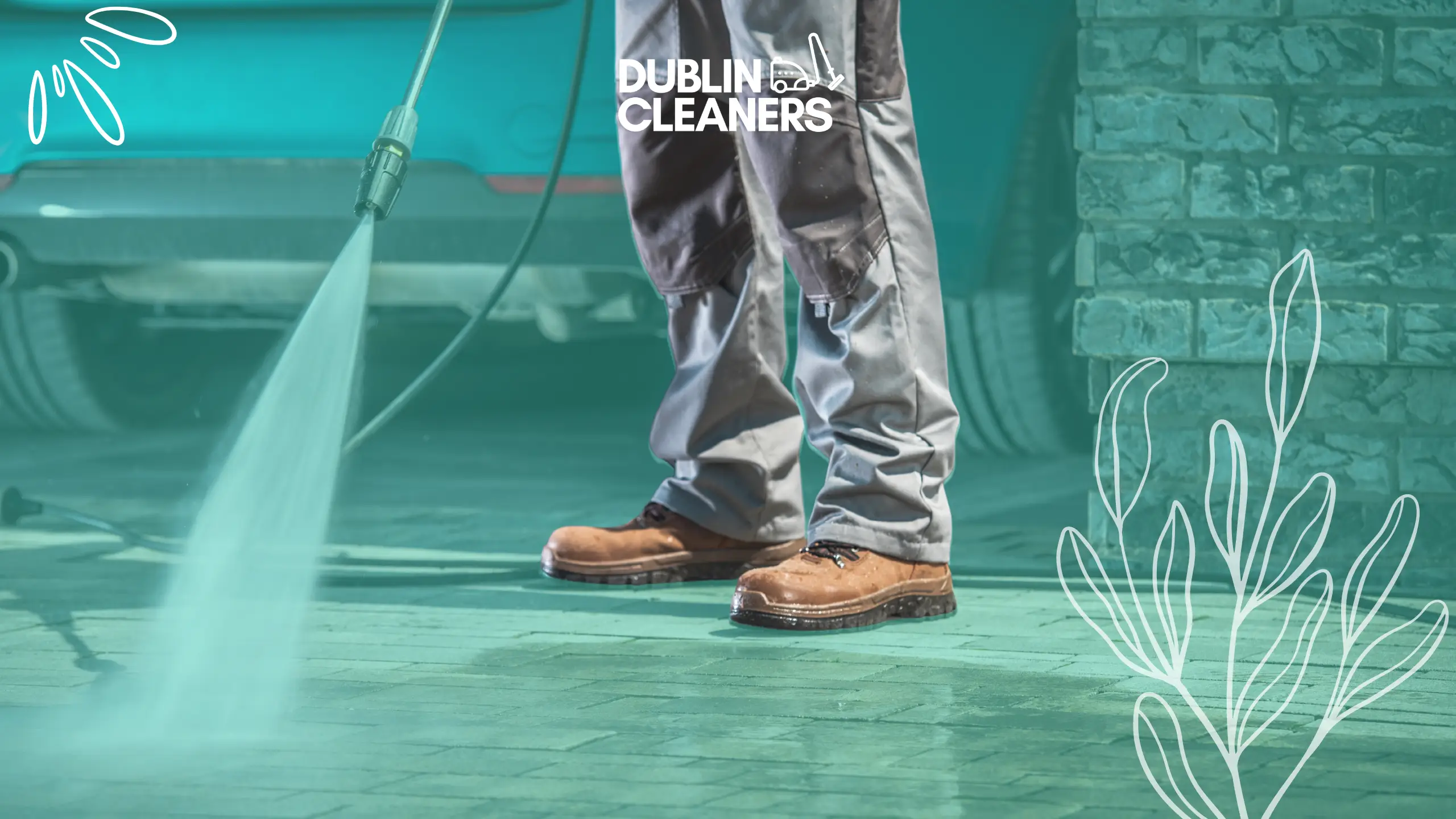Did you know that the average keyboard harbours more germs than a toilet seat? It’s time to tackle this germ hotspot head-on. Shake the keyboard gently to remove loose debris, then use compressed air to blow away remaining dirt and dust. Next, dampen a microfiber cloth with a mixture of water and gentle soap, or use isopropyl alcohol for tougher stains. Wipe down the keys and the surface between them, taking care not to let any liquid seep into the keyboard. For stubborn grime, use a cotton swab dipped in alcohol. Finally, allow the keyboard to air dry completely before reconnecting it to your computer. Let’s dive into the details:
Key Takeaways
- Regularly clean your keyboard to maintain its functionality and hygiene.
- Start by removing loose debris using a can of compressed air or a small brush.
- Dust off the keys and crevices with a microfiber cloth or cotton swabs dampened with isopropyl alcohol.
- Disinfect the keys by gently wiping them with disinfectant wipes or a cloth soaked in a mild cleaning solution.
- Polish the finish of your keyboard with a clean, dry cloth to keep it looking new.
- Remember to clean your keyboard at least once a month to prevent dirt buildup and germ accumulation.
Keyboard Cleaning Essentials
Cleaning Supplies
Gather the necessary tools for a thorough keyboard cleaning session. Equip yourself with cleaning slime, a keyboard brush, and compressed air for effective removal of dust and debris. Don’t forget an old toothbrush or a baby bottle brush for detailed cleaning in tight spaces. Have rubbing alcohol and a lint-free cloth ready to tackle stubborn stains.
Pre-Cleaning Steps
Power Off
Always remember to power off your computer before embarking on the cleaning process. This simple step is crucial in preventing any accidental damage to your device. Ensure you disconnect wired keyboards and remove batteries from wireless ones to avoid any electrical mishaps.
Unplug Computer
Prioritize safety by promptly unplugging your computer before starting the cleaning procedure. For laptops, ensure they are both turned off and unplugged to mitigate any risks of electrical accidents. Remember, safety comes first – disconnect all power sources before diving into the cleaning task.
Removing Loose Debris
Shake Keyboard
Turn the keyboard upside down and shake gently to dislodge crumbs, dust, and debris stuck between keys. This simple action helps in removing loose dirt effectively. Regularly shaking your keyboard is essential to prevent the buildup of debris, ensuring a cleaner device.
Brushing Technique
Utilise a soft brush or toothbrush to clean between keys with precision. The brushing technique is effective in removing stubborn dirt from hard-to-reach areas on the keyboard. Remember to employ gentle brushing motions to avoid causing any damage to the delicate components of the device.
Dusting Off
Compressed Air Use
- Utilise compressed air to blow away dust and dirt from the keyboard.
- The compressed air effectively reaches crevices that brushes can’t access easily.
- Caution is essential to prevent damage caused by excessive air pressure.
Vacuuming Surface
- Vacuum the keyboard surface post-shaking to eliminate remaining debris.
- For precise cleaning, use a small nozzle attachment or brush extension while vacuuming.
- This method ensures a thorough clean, removing hidden particles effectively.
Disinfecting Keys
Rubbing Alcohol
Dampen a cotton swab with rubbing alcohol to clean between keys effectively. This method helps remove grime and disinfect the keyboard efficiently. Rubbing alcohol is gentle yet powerful, making it ideal for deep cleaning tasks.
Rubbing alcohol is a versatile cleaning agent that can eliminate germs and dirt from your keyboard. It is crucial to use it in moderation to prevent any damage to the delicate components of the keyboard. Overuse of rubbing alcohol can harm the sensitive electronics inside the keyboard.
Cotton Swabs
For precise cleaning in tight spots, soak cotton swabs in rubbing alcohol. These swabs are perfect for detailed cleaning around keys and edges where dust accumulates. When brushes cannot reach certain areas, cotton swabs come in handy for thorough cleaning.
Cotton swabs offer a targeted approach to cleaning your keyboard, ensuring that even the smallest crevices are free of dirt and grime. They are especially useful for intricate areas that require meticulous attention. Utilising cotton swabs along with other cleaning methods ensures a thorough and comprehensive sanitisation process.
Polishing Finish
Lint-Free Cloth
Polish the keyboard with a damp lint-free cloth to give it a final touch. These cloths effectively remove dirt and smudges, leaving no residue behind. Gently wipe the keyboard using the lint-free cloth for a spotless finish.
Achieving Shine
Polish the keys using a lint-free cloth to restore their shine and cleanliness, enhancing the overall appearance of your workspace. Regular cleaning not only maintains the keyboard’s shine but also improves its usability.
Maintenance Importance
Preventing Damage
Proper cleaning methods are essential to avoid accidental keyboard damage. Avoid excessive force or liquids that can harm functionality. Prolong your keyboard’s lifespan by preventing damage.
Enhancing Performance
Regular cleaning boosts keyboard performance by preventing sticky keys. Smooth typing and improved user experience result from clean keyboards. Proper maintenance enhances responsiveness and longevity.
Cleaning Frequency
Routine Schedule
Establish a routine cleaning schedule to maintain your keyboard effectively. Regular cleaning prevents the accumulation of dirt and ensures a clean workspace. Plan for weekly or monthly cleaning sessions to maintain optimal keyboard hygiene.
Deep Clean Periodicity
Plan deep cleaning sessions to tackle stubborn dirt and grime effectively. Deep cleaning periodically is crucial for extending your keyboard’s lifespan and maintaining its functionality. Consider incorporating deep cleaning into your routine every few months for comprehensive maintenance.
Avoiding Common Mistakes
Water Damage Effects
Water can have detrimental effects on keyboards, leading to malfunctioning keys and potentially irreversible damage. To prevent this, it’s crucial to avoid liquid spills and moisture exposure that could harm your keyboard.
Proper Cleaning Methods
To maintain your keyboard effectively, it’s essential to follow the recommended cleaning steps. By using proper cleaning methods, you ensure a thorough and safe process that prolongs your keyboard’s lifespan. Seeking guidance from reliable sources on the best practices for keyboard cleaning is highly recommended.
Final Remarks
Now that you have learned the essential steps to clean your keyboard thoroughly, remember that regular maintenance is key to keeping it germ-free and in top condition. By following these simple cleaning techniques, you can ensure that your keyboard remains a clean and hygienic workspace for your daily use. Remember to avoid common mistakes and establish a routine cleaning frequency to maximise the lifespan of your keyboard.
Take action today and give your keyboard the cleaning it deserves. Your health and device longevity depend on it!
Frequently Asked Questions
How often should I clean my keyboard?
It is recommended to clean your keyboard at least once a month to prevent the build-up of dirt, dust, and germs that can affect its performance and longevity.
What are the essential items needed for cleaning a keyboard?
You will need compressed air or a soft brush for removing debris, a microfibre cloth for dusting, isopropyl alcohol solution for disinfecting, and a gentle polish for maintaining the finish.
Can I remove the keys from my keyboard to clean them?
While it’s possible to remove some keys on certain keyboards, it’s generally not recommended unless you have experience doing so. Instead, use a cotton swab dipped in isopropyl alcohol to clean around the keys.
How do I avoid damaging my keyboard while cleaning it?
To prevent damage, avoid using excessive moisture when cleaning your keyboard. Always disconnect it from the power source before cleaning and be gentle when wiping down the keys and surfaces.
Why is it important to maintain a clean keyboard?
Regularly cleaning your keyboard not only improves its appearance but also helps prevent the spread of germs, ensures smooth typing performance, and extends the lifespan of your device.





